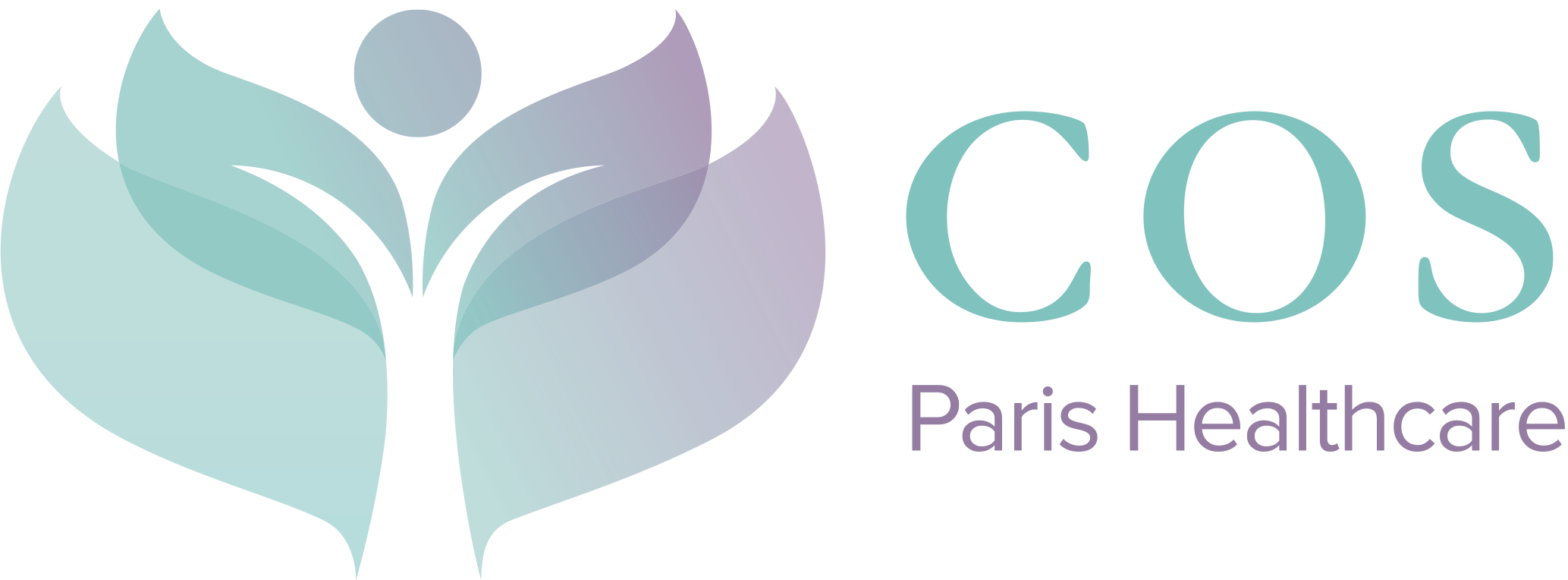Breast cancer is the most frequently diagnosed cancer in women. Breast cancer is increasingly alarmingly among women aged 30-49, an age bracket for which there is no systematic screening in place. Prevention – in the form of early detection – is therefore vital.
54,062 new cases were recorded in 2015. Although prevention initiatives are bearing fruit, breast cancer remains the leading cause of death by cancer in women. In 2015, out of an estimated 11,913 deaths, 71% were women aged over 65. However, the number of women in the over-50 age bracket developing breast cancer has dropped because the hormone replacement therapy used to alleviate the effects of the menopause stopped being used in 2002.
Breast cancer risk factors are firstly hormonal and reproductive: periods starting at an early age, not having children or having them later in life, sterility and having a late menopause. Prolonged exposure to the female hormone, estrogen, is the main hormone-sensitive breast cancer risk factor. Anything that disrupts the workings of the hormonal system will have an impact on breast cancer: night working, ionizing radiation and chemical pollutants (DDT, PCB, dioxins and aluminum salts) in drugs, cosmetics and plant protection products, which produce a real ‘cocktail’ effect.
Genetic factors also come into play. Two-thirds of women who carry the breast cancer gene BRCA1 will develop breast cancer.
Age has not been a breast cancer screening access criterion since spring 2016. In France, the social security system pays for all women, regardless of their age, with a high or very high risk of developing breast cancer, to have an annual breast examination (palpation) and a mammogram every two years until the age of 74 and then every three years. A mammogram is an x-ray used to detect tumors, even small ones. It is often accompanied by an ultrasound scan.
The main symptom of breast cancer is a painless irregular lump in the breast. One or more hard lumps in the armpit area mean that the cancer has spread to the axillary lymph nodes. The breast’s appearance changes and the skin puckers and becomes red. Fluid leaking from a nipple (or an inverted nipple) can be a sign of breast cancer, particularly if the fluid contains blood or is greenish. Once a tumor is established, later-stage symptoms are bone pain, nausea, loss of appetite and weight, and an accumulation of liquid around the lungs.
The treatments used for breast cancer include surgery, radiotherapy, chemotherapy and hormone therapy. As estrogen can stimulate the growth of breast cancer cells, hormone therapy is used to block the growth stimulation effect of estrogen. A tablet must be taken daily and continuously for five or 10 years, depending on the individual case.
Supervision of women who carry the BRCA 1 and BRCA 2 breast cancer genes is reinforced and a prophylactic or preventive mastectomy may be carried out. This involves both breasts being removed and then breast reconstructive surgery being carried out.
Institut National du Cancer, Le point sur le cancer du sein
Cancer Environnement, Le cancer du sein

